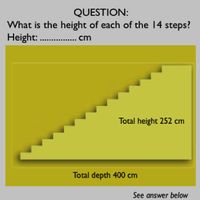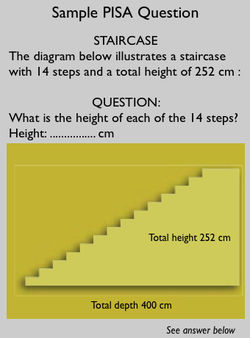Intel is hosting an education digital town hall at the Newseum that will explore new ways to “cultivate tomorrow’s thinkers and entrepreneurs to sustain economic and educational success.” (December 7 at 8:45 a.m. – 11:45 EST) Participants include Education Secretary Arne Duncan; Angel Gurria, the Secretary General of the Organization for Economic Co-operation and Development; Rob Atkinson with ITIF; and Tom Friedman of the New York Times.
Let’s see how the Duncan sidesteps the issue of testing and innovation – while US students spend endless hours honing their test taking skills, the demand for routine skills has disappeared from the workplace. Anyone know of a meaningful and rewarding career that looks like filling out a worksheet? Maybe Friedman will be willing to tackle the stifling impact of testing on creativity thinking among our students. For my thoughts on the subject, see my post “As NCLB Narrows the Curriculum, Creativity Declines”
“Education for Innovation” a live digital town hall
Watch the video here.
You can submit questions you would like the moderators, PBS NewsHour’s Gwen Ifill and Hari Sreenivasan, to discuss with the speakers. Then, vote the questions you like best to the top. Click here
You can join the for the live, interactive webcast on Tuesday, December 7 at 8:45 a.m. – 11:45 EST or join the conversation at Twitter/InnovationEcon use the hashtag #Ed4Innovation
More on the Program for International Student Assessment (PISA)
PISA is an assessment (begun in 2000) that focuses on 15-year-olds’ capabilities in reading literacy, mathematics literacy, and science literacy. PISA studied students in 41 countries and assessed how well prepared students are for life beyond the classroom by focusing on the application of knowledge and skills to problems with a real-life context. For a detailed example of how PISA assesses sequencing skills see my post “Why Don’t We Teach Sequencing Skills?”
For more PISA questions in reading, math and science see my blog post “Are Students Well Prepared to Meet the Challenges of the Future?” You can find some great critical thinking questions to use with your students
Response to sample question
This short response question is situated in a daily life context. The student has to interpret and solve the problem which uses two different representation modes: language, including numbers, and graphical. This question also has redundant information (i.e., the depth is 400 cm) which can be confusing for students, but this is not unusual in real-world problem solving. The actual procedure needed is a simple division. As this is a basic operation with numbers (252 divided by 14) the question belongs to the reproduction competency cluster. All the required information is presented in a recognizable situation and the students can extract the relevant information from this. The question has a difficulty of 421 score points (Level 2 out of 6).


